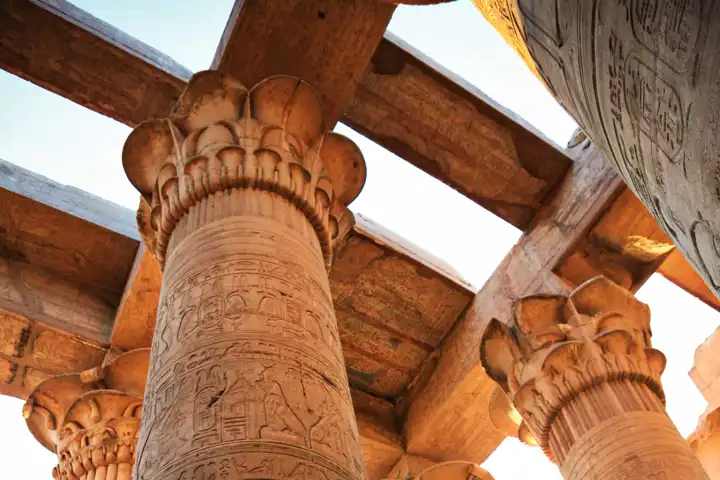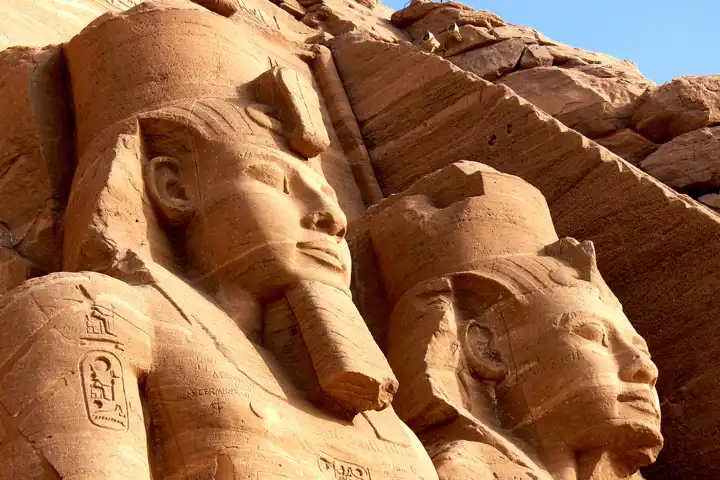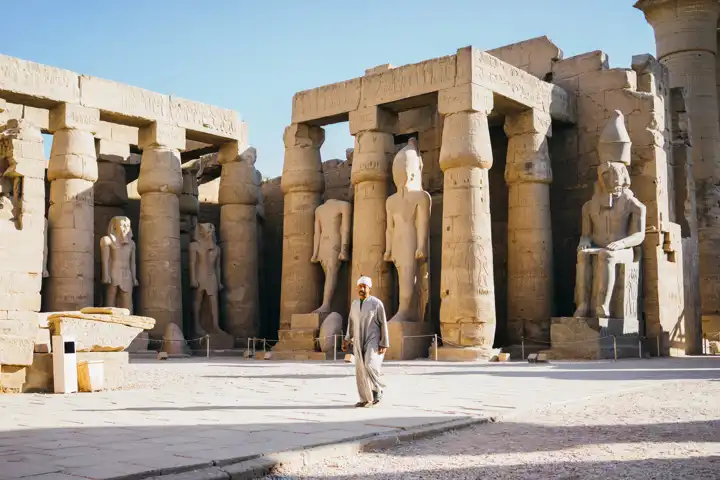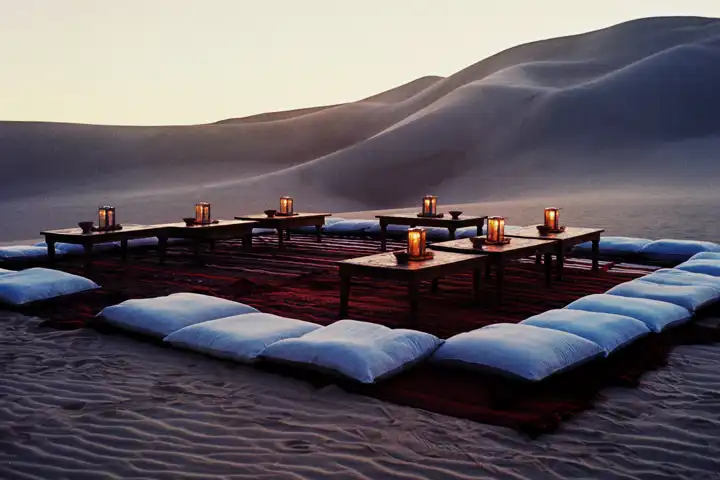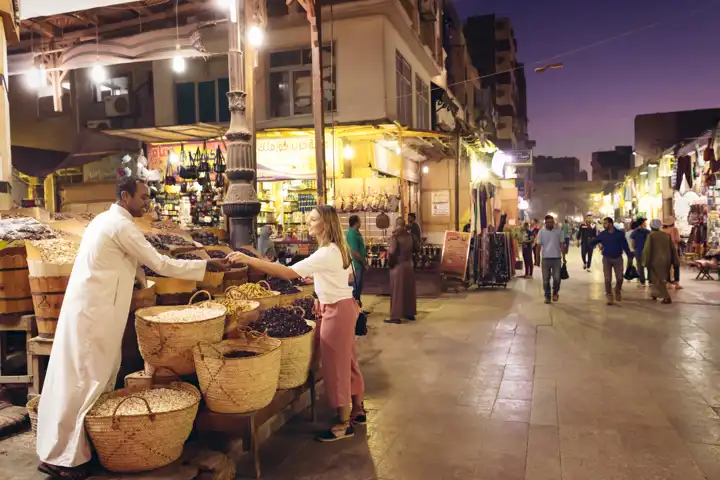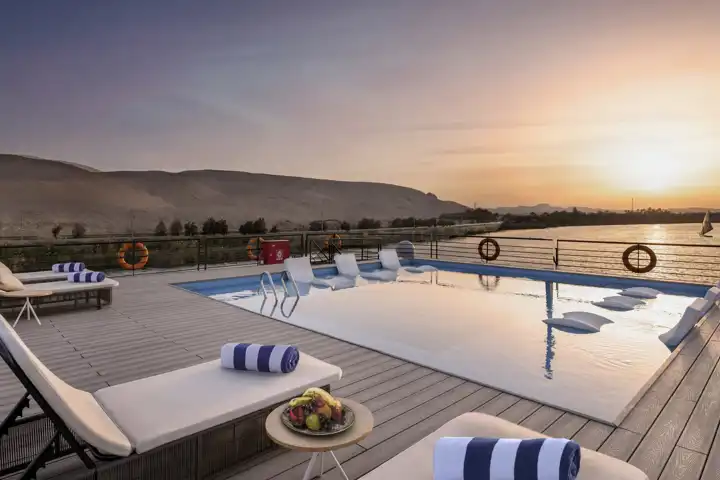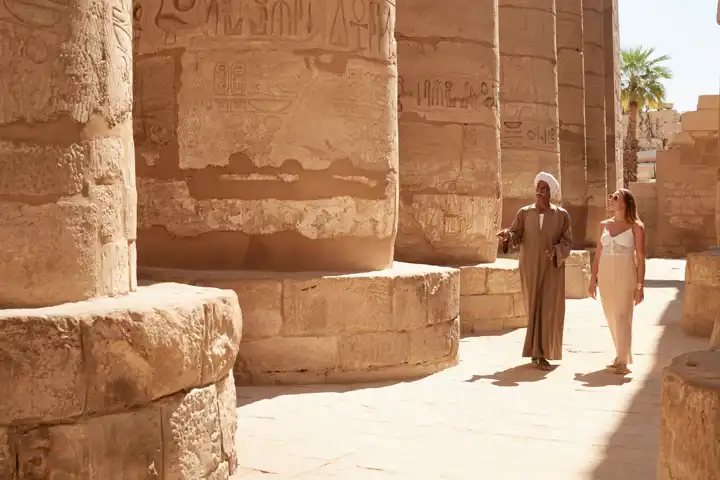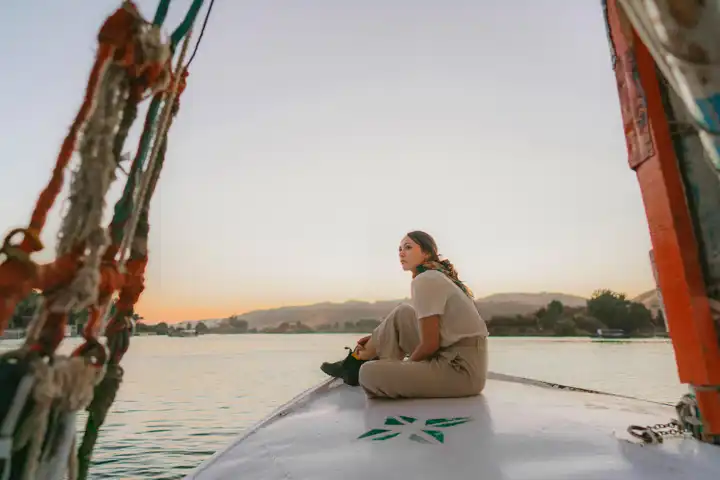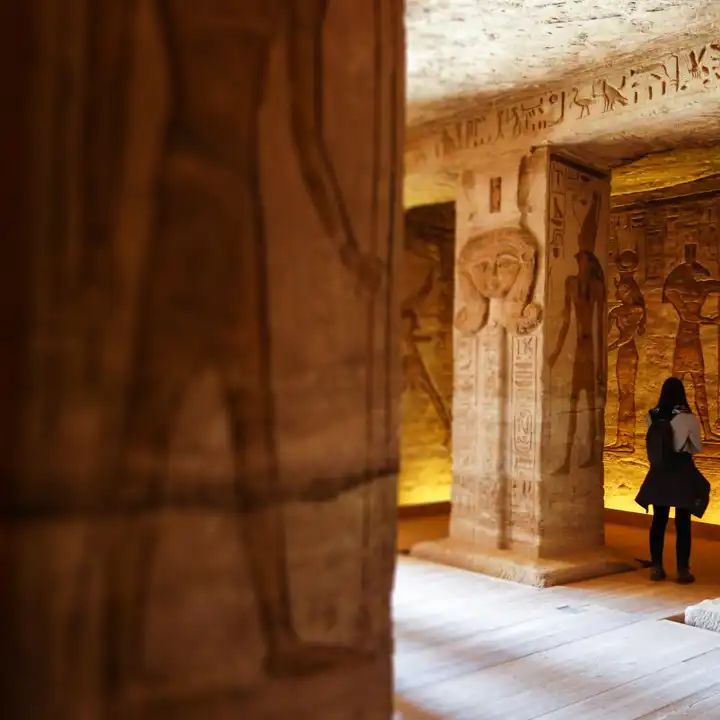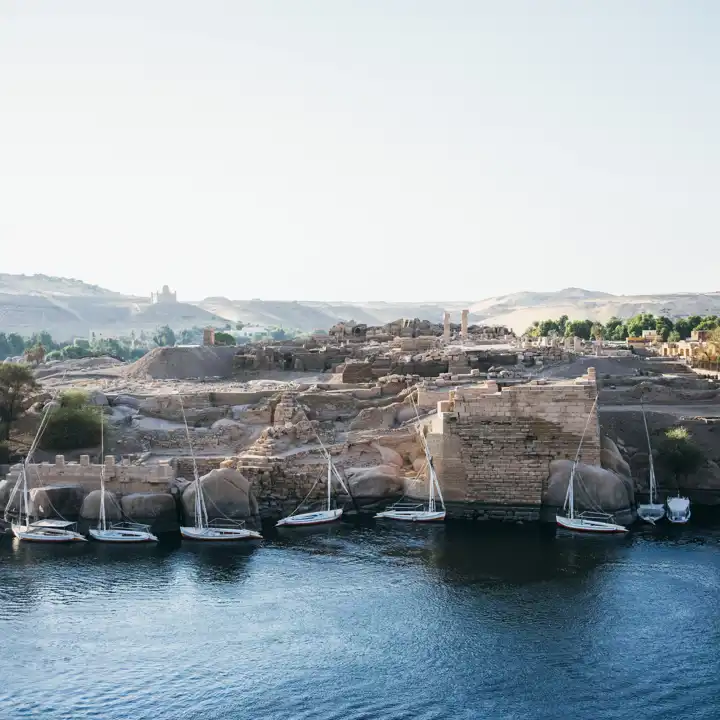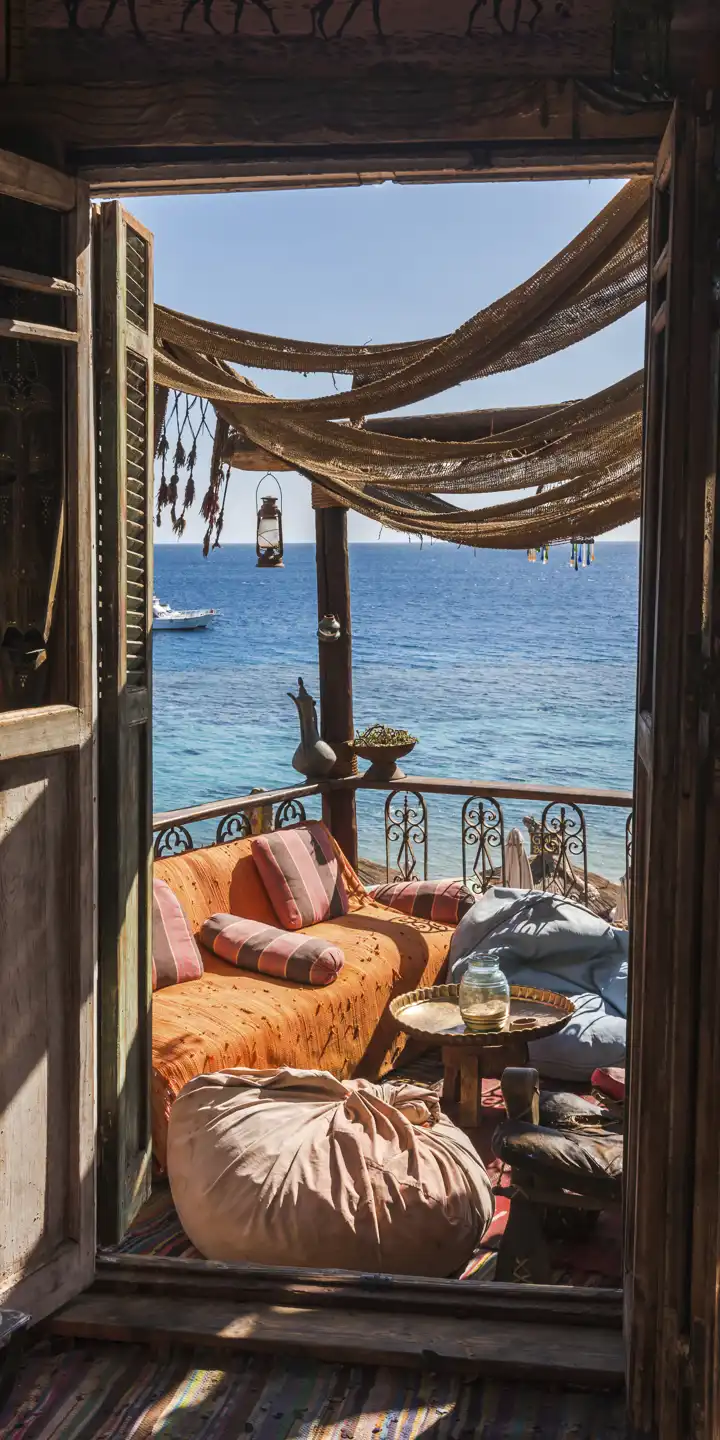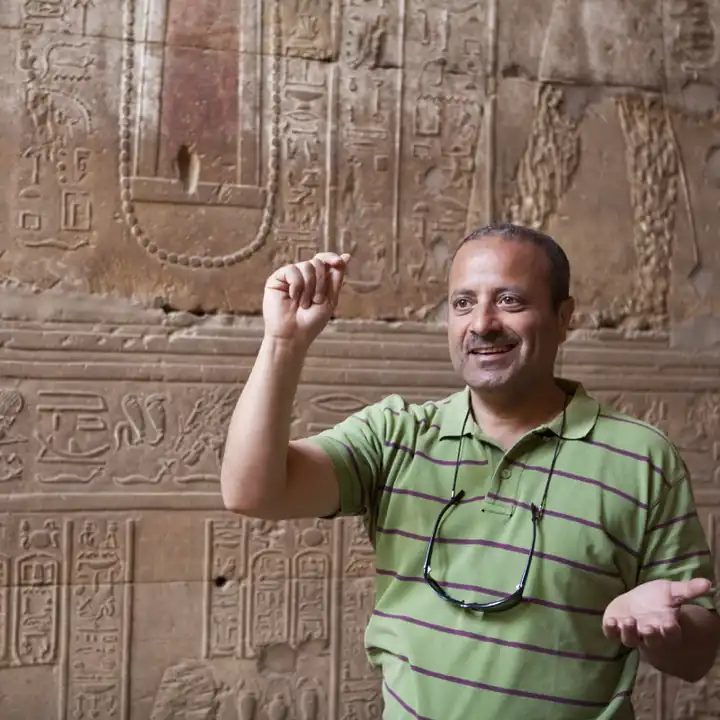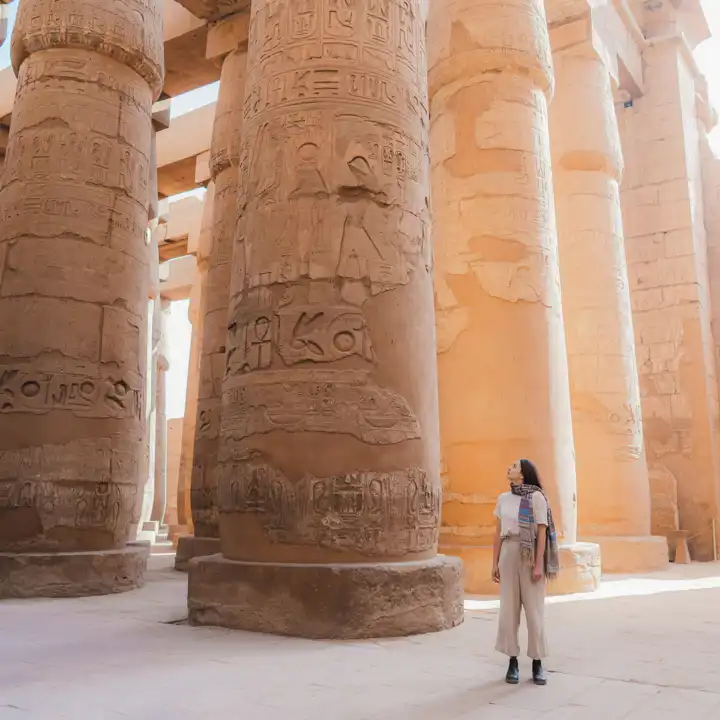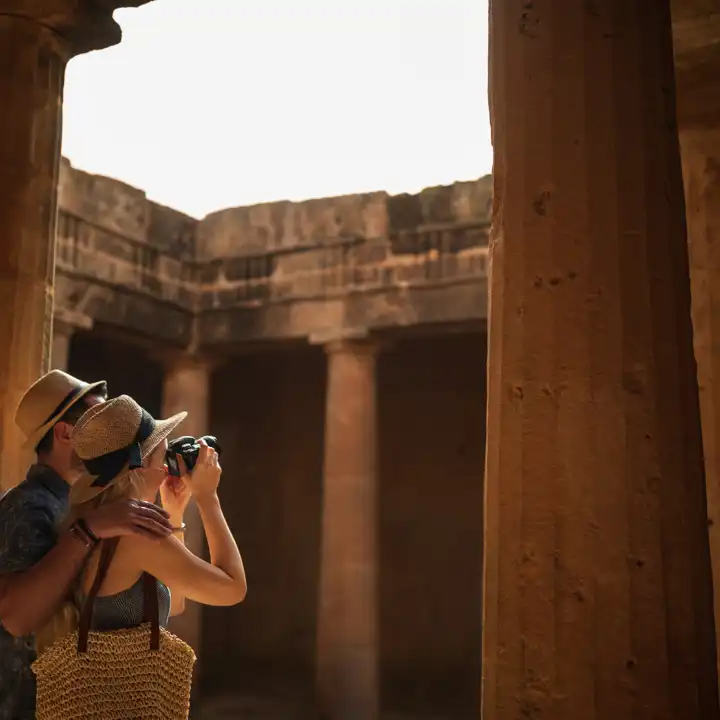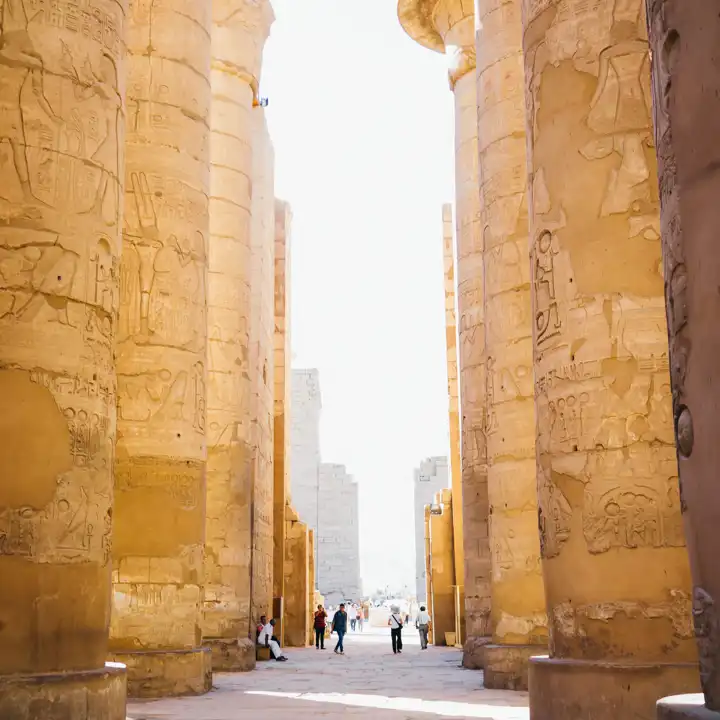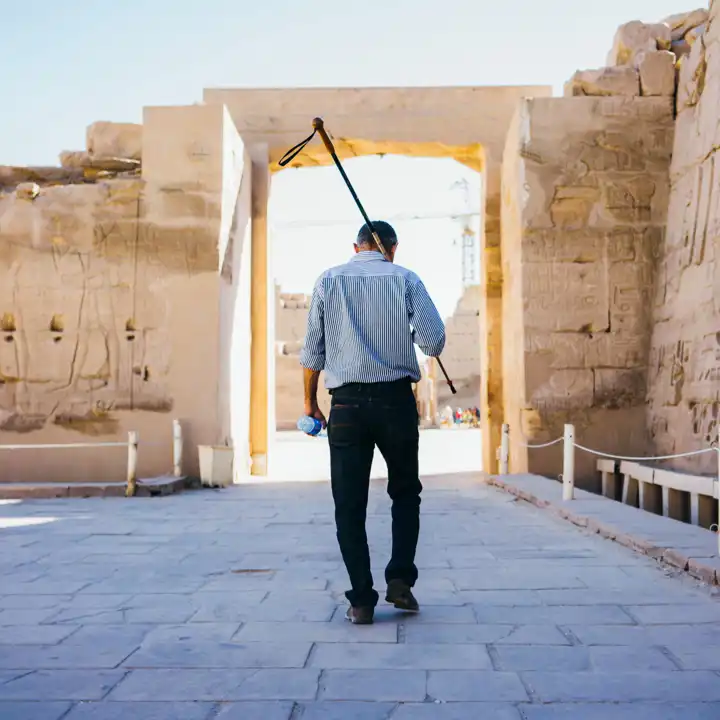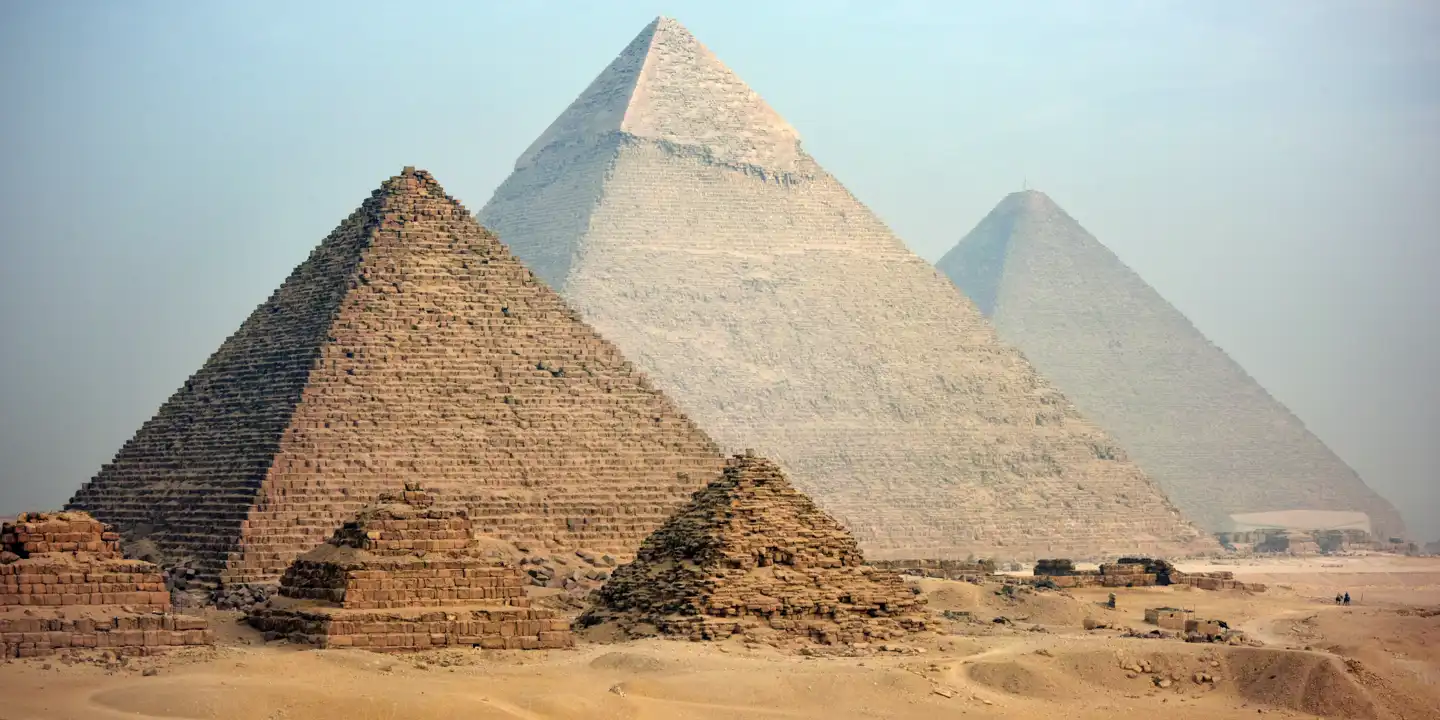Egypt
Unveil the Marvels of an Ancient Civilization
Egypt
Egypt wears her patina well. This ancient and historic country is extraordinarily rich in antiquities, treasures, and history, and there is no better way to experience it than Ker & Downey’s customized Egypt luxury travel. Allow Ker & Downey to unlock the country’s timeless wonders and treasured beauties, from Alexandria to Cairo and the banks of the Nile to the shores of the Red Sea. Luxury Egypt travel reveals a proud and affable culture and a destination poised to return to its former glory.
Rich in History
During the Greek and Roman Empire, Egypt was the playground of the powerful. The country attracted many of the leaders of the first modern world. Today, Egypt is still a major tourism hub and provides incredible experiences for the modern traveler. Perhaps the most revealing gateway to its glory is the Nile River, the veritable link to Egypt’s ancient past. Along its shores are some of the best-preserved archaeological sites in the world. Here, find the tombs in the Valley of the Kings, the Karnak temple, and the marvels of Luxor. Lastly, of course, the Great Pyramids are also found.
Hidden Gems of Egypt Luxury Travel
While these are staples on any Egypt luxury travel itinerary, Ker & Downey also seeks to uncover the secret side of Egypt. Private experiences abound in culturally-rich Alexandria, the fabled Siwa Oasis, and the historic battlegrounds of the First and Second Battle of El Alamein, are some of the hidden gems of this incredible country.
Many travel providers can deliver luxury Egypt tours with visits to the historical monuments, tombs, and temples, but very few deliver luxury travel experiences as Ker & Downey does. English-speaking Egyptologists take you to places that will surprise and mesmerize you. Best of all, we offer access to the most luxurious cruise ships along the Nile.
Travel to Egypt with Ker & Downey
Ker & Downey provides handcrafted luxury Egypt travel experiences like no other. Browse our customizable Egypt sample itineraries for inspiration. Then contact your Ker & Downey destination specialist to start planning your next Egypt luxury tour.


